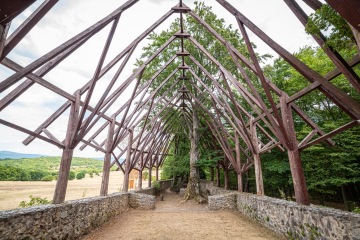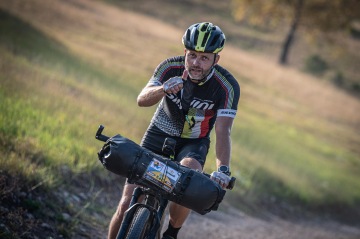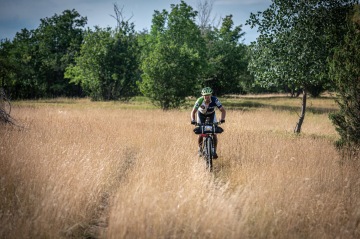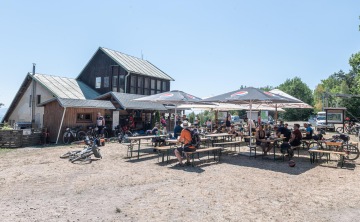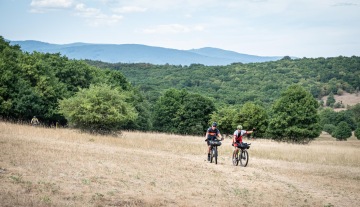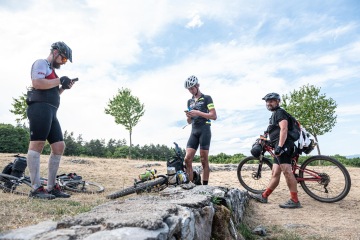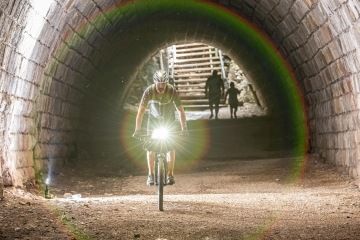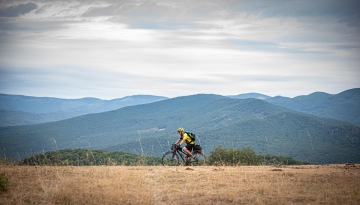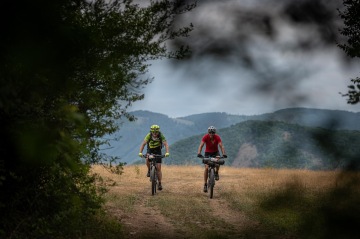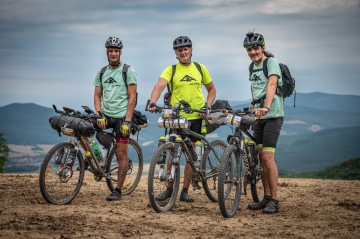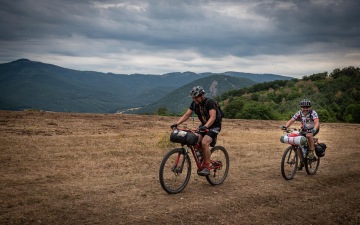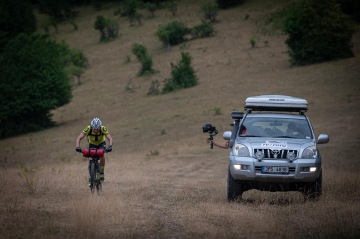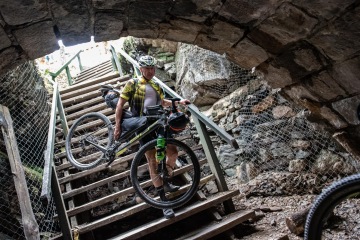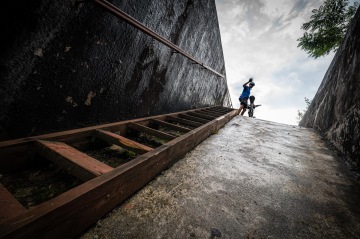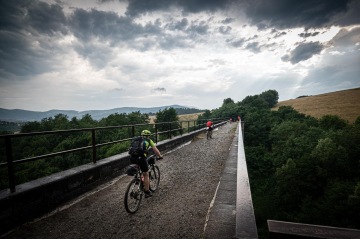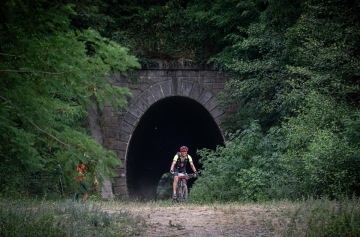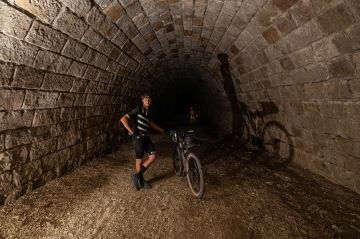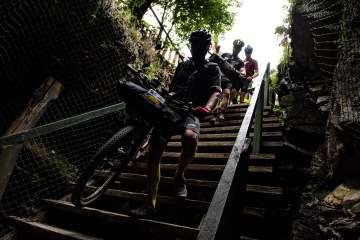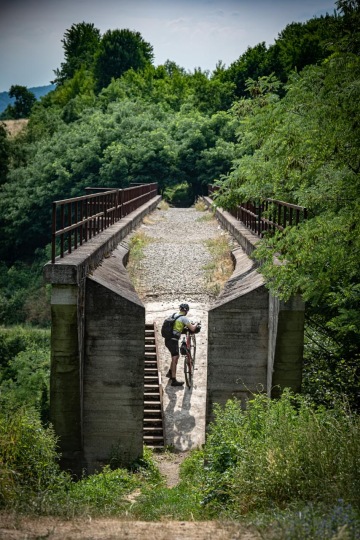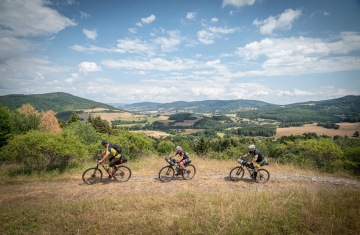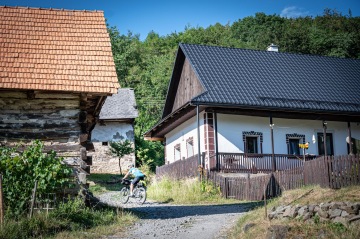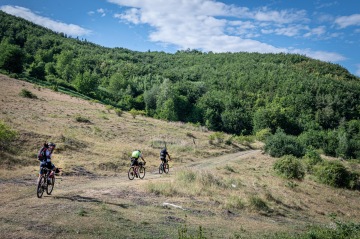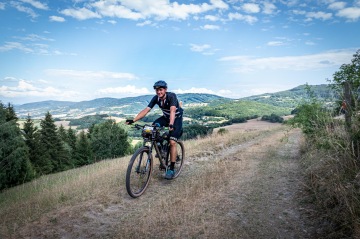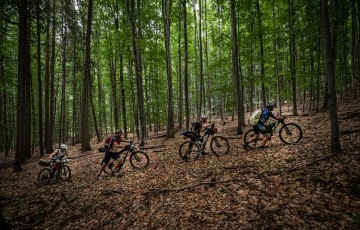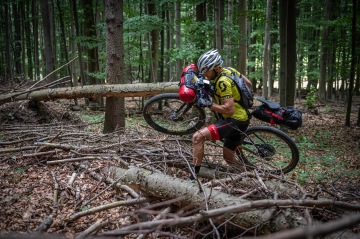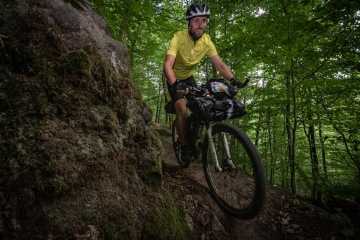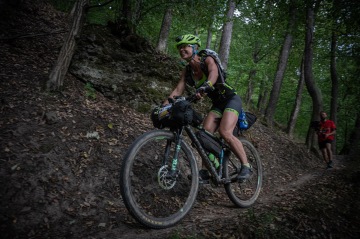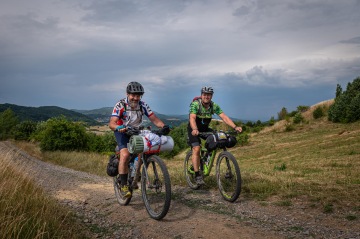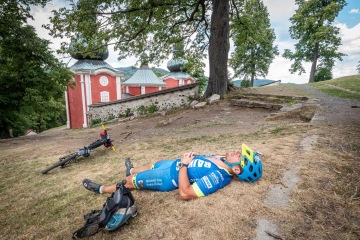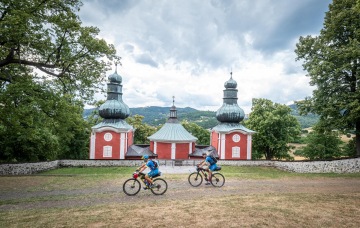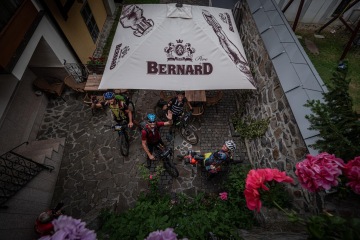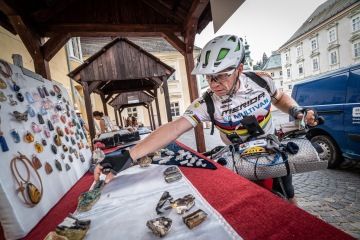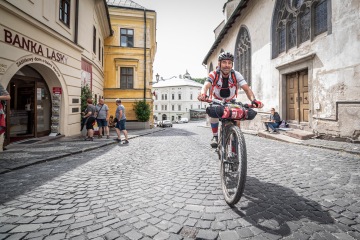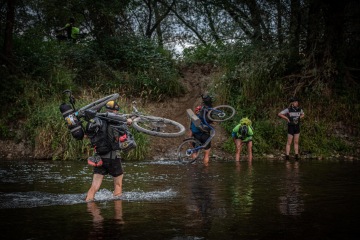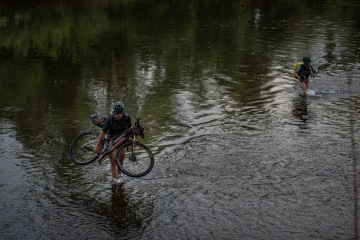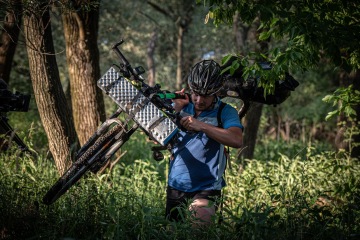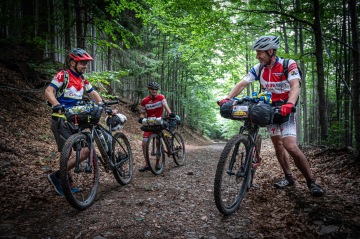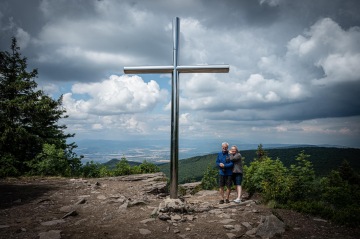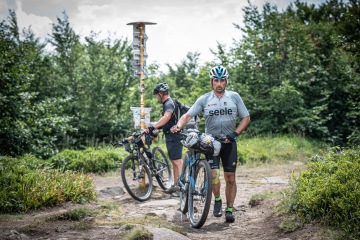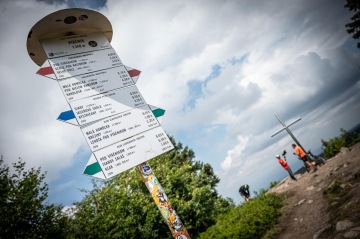southern route
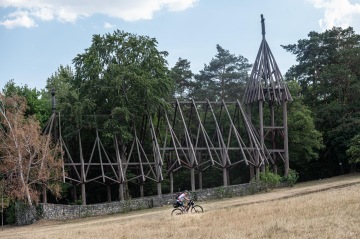
The new southern route starts in the same way as the northern route in Hranice u Aše and runs along the border with Germany through Šumava National Park, Třeboňsko Protected Area, Podyjí National Park, Pálavu, White Karpaty, Šťiavnické vrchy, Sloveské Rudohorie, Slovak Karst National Park, Vihorlatské vrchy, Bukovské vrchy , Poloniny National Park to the easternmost village of Slovakia, Nová Sedlica.
The southern route offers many natural and cultural attractions. It passes through beautiful historic towns such as Mikulov, Bánská Štiavnica and others....
Czech republic
nature protected areas
třeboň region
A landscape interspersed with ponds, clear pools, floodplain forests, bogs, meandering rivers, meadows and pastures.
pálava region
Vineyards in the entire area in the middle of the ancient landscape of South Moravia with wonderful monuments.
the white carpathians
Thousands of hectares of unique flowery meadows with scattered trees, representing today's typical landscape.
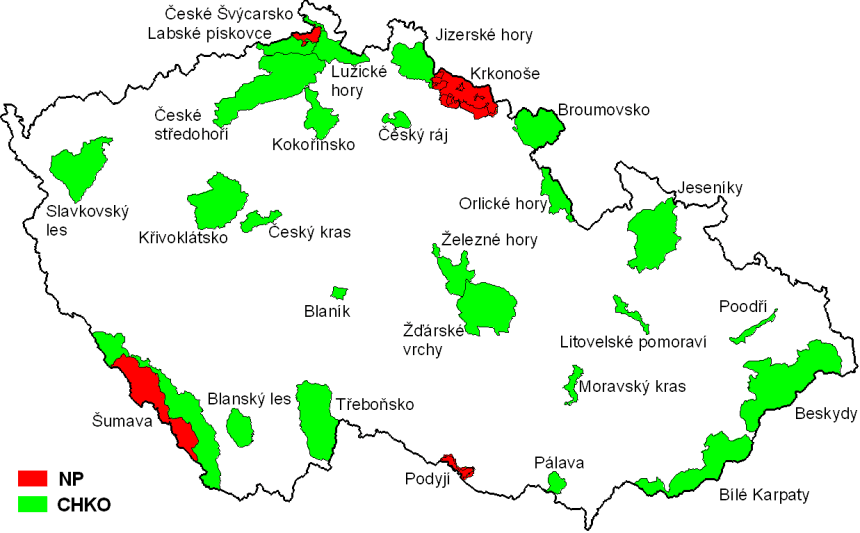
national parks
šumava
The main feature of the local landscape are the unique biological communities. In addition to mountain spruce and forest stands, we can find sloughs, bogs and karst lakes here.
podyjí
The river valley in the richly wooded landscape will enchant you. Steep massive walls versus relaxed meanders of the river, floodplain meadows along it versus sunlit extensive forest steppes.
slovakia
nature protected areas
ponitrie
The beech forests in the vicinity of Vtáčník (the highest mountains of the southern route) are very extensive and in places offer sections.
Štiavnické hills
Endless mounds that stretch across the entire territory of this area. The beautiful historical center of Bánské Štiavnice, registered in UNESCO.
vihorlat
Endless carpets of beech forests. The highest peak of the over fifty kilometer long ridge is Vihorlat with a height of 1076 meters above sea level.

national parks
slovenský kras
This is the largest and most typical karst area in Central Europe. A system of highlands separated by deep valleys and a large number of chasms and caves.
poloniny
The national park got its name from the polonins, the grassy areas on the ridges of the Eastern Carpathians above the forest belt - below, the polonins are bounded by the forest, not the scrubland.



